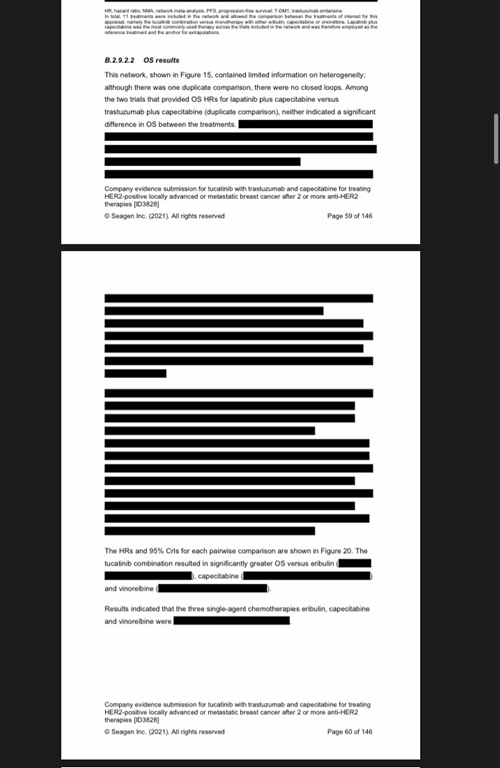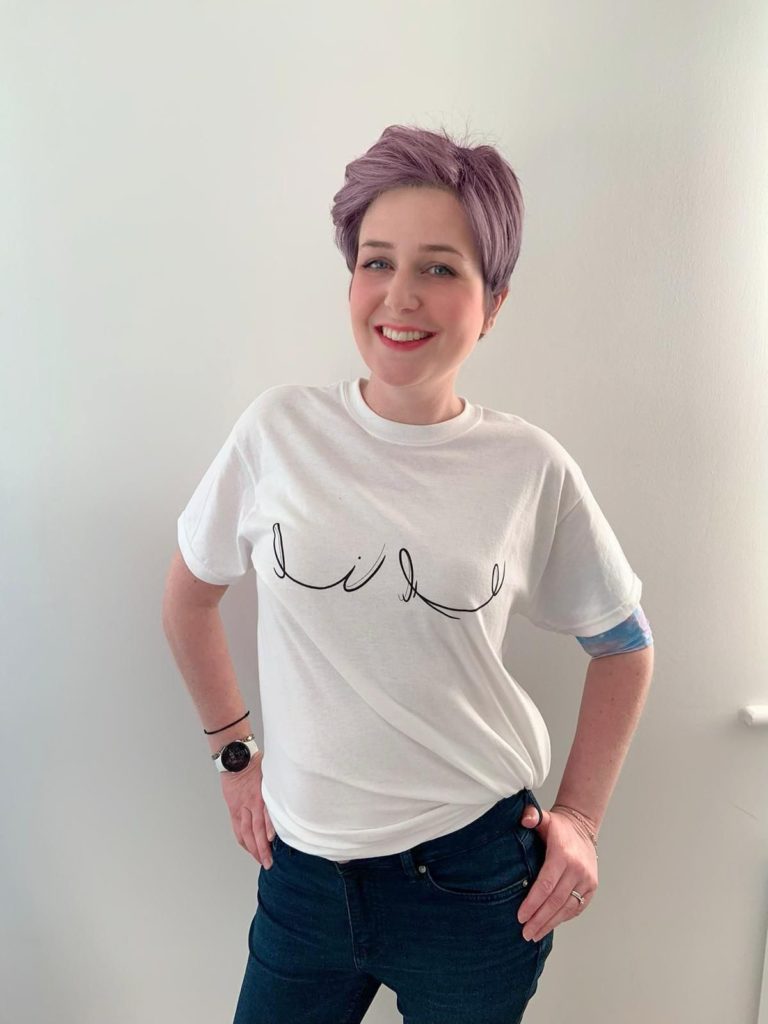When I first started volunteering with METUPUK, I wasn’t really sure what I would do. For a few months, I sat on the sides to get a feel for the organisation. I shared METUPUK links on social media, but I don’t have much of a social media presence, and Instagram is a bit of a mystery to me. I’ve never figured out how to do makeup, plus my hair is a non-event after chemo. I thought I wanted to help with drug access or access to clinical trials, but I was flexible and wanted to see what was needed.
Improving access to innovative drugs is one of the main objectives of METUPUK. The National Institute of Clinical Excellence (NICE) is a vital part of the drug approval process, and it’s important for patient advocates to get involved with their public engagement teams. NICE evaluate new technologies for use in the NHS in England, with Wales and Northern Ireland usually following their decisions. Scottish drug approvals are independent of NICE and are appraised by the SMC. Scrutiny of NICE decisions requires sifting through and selecting evidence and a lot of form filling. The day after we received confirmation of charitable status, we started work on our first response for tucatinib. The drug had been provisionally rejected by NICE, and the decision was out for consultation

The tucatinib consultation was open to any individual or organisation to comment, and indeed NICE encourages public and patient involvement. They have an excellent department of people who work in public engagement, and they are incredibly helpful. However, commenting on technology appraisals is not particularly easy for lay people, because the technology is well…. technical and also commercially sensitive. The background reading committee papers were 489 pages long, and large portion of them looked like this.
Nearly all of the data regarding drug pricing is redacted. The NHS has confidential pricing agreements for most drugs which it uses and so there is very little transparency.
Redactions such as these make it very difficult for anyone reading the committee papers to understand them. A large part of NICE committee papers are written by health economists, because the NICE brief is not only about clinical excellence, it’s also about getting value for the tax payer.
For the tucatinib consultation, we submitted our response alongside other long established charities and members of the public, and to our delight it was eventually approved. Tucatinib is an innovative drug which can cross the blood brain barrier and is the only drug of its class approved for HER2-positive metastatic breast cancer in the NHS.
Too many of these consultations have now followed, and I fear that not all will eventually be approved. As a patient group, the most useful thing we can contribute is our lived experience. When technology appraisals are not approved, it can feel like our lived experience does not matter.
A recent consultation illustrates this well. The drug being appraised was Piqray, the first drug licenced in the UK to target the PIK3CA mutation in ER-positive metastatic breast cancer. Patients with a PIK3CA mutation may be more resistant to endocrine therapy, and therefore progress quickly onto chemotherapy with its associated poor quality of life. All cancer drugs are eye wateringly expensive, but NICE are willing to pay more for drugs which are used at the end of life. This is broadly defined as drugs used in the last two years of life and with a three month improvement in survival over the existing treatments used in the NHS. Piqray is used in the second line, and missed being deemed an end of life treatment. NICE stated that although patients with PIK3CA metastatic breast cancer are unlikely to live 24 months if they are in the second treatment line, it is uncertain if Piqray extends life by three months or more. At the time of writing this decision is being reviewed.
Emma Hillier, a patient advocate who sadly lost her life last week, sent me a personal statement about what it would mean to her for Piqray to be approved.
Unfortunately she died before she was able to attempt to get access to this drug.
“As a secondary Breast Cancer patient with mixed profile, aggressive Cancer that has an abnormally high tumour mutation burden I have been through 4 failed treatment lines and am about to complete my 5th – in less than 18 months”

“Bar one attempt at targeted treatment all lines have been standard chemotherapy based treatments which have been both gruelling and affected the quality of life I am able to achieve whilst managing side effects. I had genetic testing via the Foundation One test which identified I have a PIK3CA mutation and recommended the drug combination of alpelisib (Piqray) and fulvestrant as a good option for me.
Due to the amount of chemotherapy I have had my team feel it would be too much for my bone marrow to have anymore at this point so this targeted therapy is my only real option – NICE, with their decision to not recommend alpelisib and fulvestrant for use in the NHS have taken this opportunity and thus my hope for the future away – unless we are able to fund these drugs ourselves which is extremely unlikely.
I fail to understand why this has been rejected when it targets a very specific mutation for which there is little else available. What is the point in telling patients they have this mutation and then not allowing us to access the drugs? All I want is the opportunity to try and this decision will deny me that.”
This was heart wrenching for two reasons. Firstly that there is a chance this drug will not be approved, and secondly because if it is approved, we knew that Emma would most likely not be given it. As it stands, the drug is only being appraised for second line treatment. Patients who have received more treatment lines will not be eligible. Successive health secretaries have hailed the genomics revolution and how the NHS will provide personalised medicine. However, when patients find they have an actionable mutation, often the treatments that could help are not offered. These decisions are what patients with metastatic breast cancer face every time we need to change treatment, and to us they seem cruel.
NICE appraisals can be frustrating and disheartening because European cancer guidelines often come up with quite different decisions. For example European guidelines recommend Piqray for selected patients with a PIK3CA mutation after treatment with a CDK4/6 inhibitor plus endocrine therapy. Piqray is associated with side effects, so European guidelines trust oncologists to select suitable patients who can tolerate it.
Sometimes NICE decisions seem like an unpleasant aspect of British Exceptionalism (arguably English Exceptionalism although occasionally the SMC come up with disappointing decisions too).
If you are interested in helping us to address drug access and approvals, please contact us. We need a team of people working on NICE and SMC consultations to get the best outcomes for every patient with metastatic breast cancer in each of the four nations of the UK.

By MetUpUK Member, Madeleine Meynell.
Follow her on Twitter
